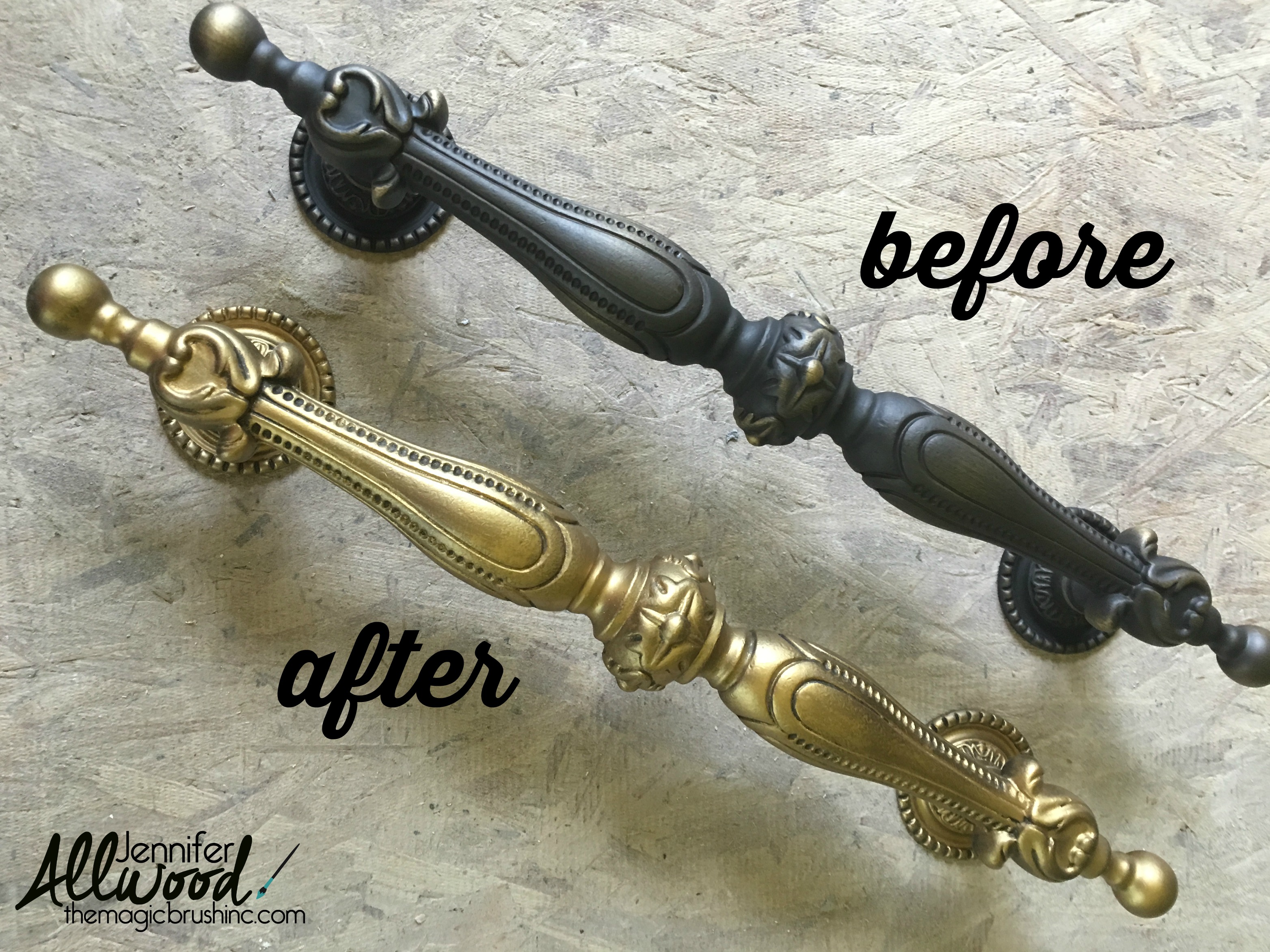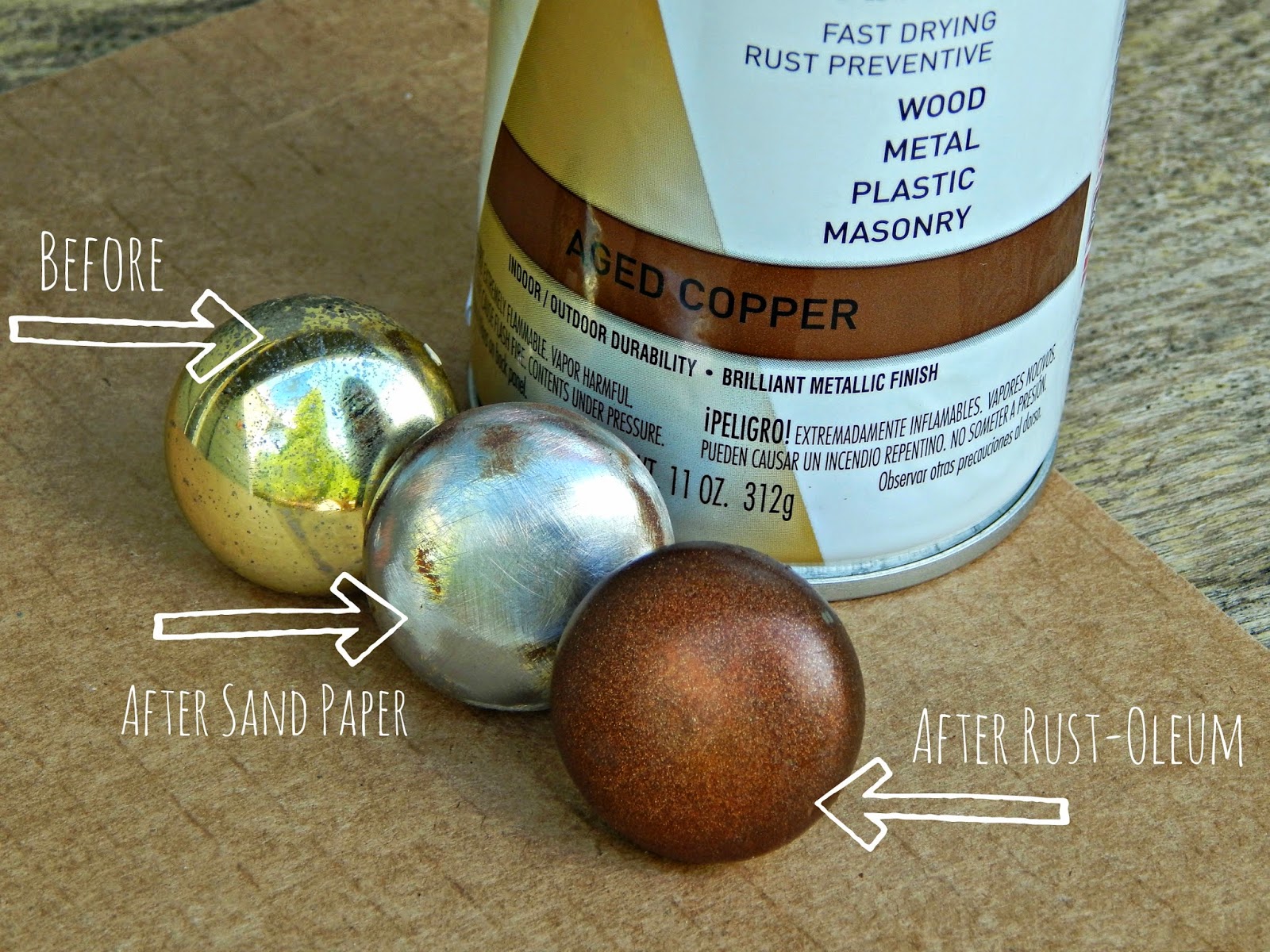Preparing Cabinet Pulls for Painting
The seemingly mundane task of painting cabinet pulls holds a surprising amount of political significance. A shoddy paint job reflects poorly on the overall aesthetic, much like a poorly executed policy can undermine public trust. Proper preparation is paramount; it’s the foundation upon which a successful, durable finish is built – just as a robust policy framework underpins effective governance. Cutting corners here invites disaster – peeling paint mirroring the collapse of poorly conceived initiatives.
Cabinet Pull Cleaning and Preparation
Thorough cleaning and preparation are non-negotiable steps. Failure to adequately prepare the surface results in a subpar paint adhesion, leading to premature chipping and peeling – a metaphor for the instability caused by neglecting fundamental groundwork in any endeavor. The following table Artikels the process:
| Step | Materials | Technique | Estimated Time |
|---|---|---|---|
| 1. Remove Pulls | Screwdriver | Carefully remove each pull from the cabinet using the appropriate screwdriver. Avoid scratching the cabinet surfaces. | 15-30 minutes |
| 2. Initial Cleaning | Warm soapy water, soft cloth or sponge | Wash the pulls thoroughly with warm soapy water, paying attention to any grease or grime buildup. Rinse and dry completely. | 15-20 minutes |
| 3. Degreasing | Denatured alcohol or TSP (trisodium phosphate) substitute, clean cloths | Apply degreaser to remove any remaining residue. Allow to dry completely. TSP substitutes are readily available and offer a safer alternative to traditional TSP. | 10-15 minutes |
| 4. Sanding | Fine-grit sandpaper (220-320 grit), sanding block | Lightly sand the pulls to create a slightly rough surface for better paint adhesion. Use a sanding block for even pressure. Avoid excessive sanding. | 15-30 minutes |
| 5. Final Cleaning | Tack cloth | Wipe down the pulls with a tack cloth to remove any sanding dust. This ensures a dust-free surface for painting. | 5 minutes |
Visual Representation of the Cleaning and Preparation Process, How to paint cabinet pulls
Imagine a cabinet pull, initially coated in a layer of grime, akin to a neglected societal issue. Step one: removal from its position – like isolating the problem for targeted intervention. Step two: the initial wash, a symbolic cleansing, removing the most obvious impurities. Step three: the degreasing, a deeper cleanse, removing ingrained pollutants, representing a more thorough investigation. Step four: the sanding, a careful smoothing, preparing the surface for the application of a solution – analogous to refining a policy for optimal implementation. Step five: the final wipe, a meticulous preparation for the final stage, akin to finalizing a policy before its enactment. The tools themselves – screwdrivers, cloths, sandpaper – are the instruments of this process, the tools of governance and social engineering. The visual is one of transformation, from a neglected, dirty object to a smooth, clean surface, ready to receive the transformative power of paint.
Importance of Proper Surface Preparation
Proper surface preparation is not merely a cosmetic concern; it’s the cornerstone of a lasting paint job. Failure to properly clean and sand the pulls will lead to paint adhesion problems, resulting in chipping and peeling. This is analogous to implementing a policy without addressing underlying societal issues. A durable paint finish, like a resilient and effective policy, requires a solid foundation. The time invested in preparation is an investment in the longevity and quality of the final product, mirroring the long-term benefits of thorough planning and execution in any significant undertaking. Shortcuts here inevitably lead to costly rework, just as political expediency often leads to long-term instability.
Choosing Paint and Application Methods: How To Paint Cabinet Pulls

Revitalizing your kitchen cabinets with freshly painted pulls is a deceptively complex undertaking. The seemingly simple act of repainting hardware demands careful consideration of paint type and application, lest your project descend into a frustrating, aesthetically compromised mess. The choices you make will directly impact the durability, appearance, and longevity of your newly painted pulls.
The selection of appropriate paint is paramount. Different paints offer varying levels of durability, finish, and ease of application, each with its own set of political compromises—a trade-off between cost, time investment, and the desired aesthetic outcome.
Paint Type Comparison
Choosing the right paint is a critical step; the wrong choice can lead to chipping, peeling, or a less-than-ideal finish. The following comparison highlights the strengths and weaknesses of common paint types for cabinet pulls.
- Acrylic Paint: Acrylics are water-based, relatively inexpensive, and easy to clean up. However, they tend to be less durable than other options, particularly in high-traffic areas. They are susceptible to scratching and chipping, requiring more careful handling. The sheen can also vary significantly depending on the brand and type.
- Enamel Paint: Enamel paints, typically oil-based, offer superior durability and a hard, glossy finish. They are more resistant to scratches and chips than acrylics. However, they are more expensive, require solvents for cleanup, and have a stronger odor during application. The longer drying time can also be a drawback.
- Lacquer Paint: Lacquers are fast-drying, durable, and offer a high-gloss finish. They are often preferred for professional applications due to their speed and resilience. However, lacquers require specialized equipment and ventilation due to their strong odor and potentially harmful fumes. Improper application can lead to runs and imperfections.
Painting Techniques
The method of application significantly impacts the final result. Each technique has its strengths and weaknesses, best suited for specific pull designs and sizes.
| Technique | Description |
|---|---|
| Brush Painting | Suitable for detailed work and smaller pulls. Allows for precise control, ideal for intricate designs or when achieving a specific texture is desired. Requires more time and skill than other methods. Brush strokes may be visible, which can be either a desirable aesthetic choice or a flaw depending on the desired finish. |
| Spray Painting | Efficient for larger batches of pulls and provides a smooth, even finish. Requires proper ventilation and safety precautions due to potential inhalation hazards. Overspray can be an issue, requiring masking and careful application. Not ideal for very intricate details, as it may obscure fine features. |
| Dipping | Suitable for uniformly shaped pulls, offering a consistent coating. Requires a container large enough to fully submerge the pulls. Excess paint needs to be carefully removed to avoid drips and runs. Less control over the paint application compared to brushing or spraying. |
Color Selection for Cabinet Styles
Selecting the appropriate paint color is crucial for achieving a cohesive and aesthetically pleasing kitchen design. The color choice should complement the existing cabinetry and overall style of the kitchen. A poorly chosen color can clash with the surrounding environment, undermining the entire project.
For example, a modern kitchen with sleek, minimalist cabinets might benefit from a neutral palette of grays, whites, or blacks, possibly accented with a metallic gold or silver for the pulls. Conversely, a traditional kitchen with ornate cabinetry might pair well with warmer tones, such as deep blues, greens, or even a classic brass finish. A farmhouse style kitchen might use a softer palette with cream, beige, or light gray. The interplay of colors should always be considered in the context of the overall design aesthetic.
Painting and Finishing Techniques

The successful transformation of drab cabinet pulls into stylish accents hinges on meticulous painting and finishing. Ignoring these crucial steps risks a project marred by uneven color, drips, and a lack of durability. Proper technique ensures a professional finish that withstands the rigors of daily use.
Applying Paint
Achieving even coverage and a smooth finish requires a systematic approach. Rushing this process will inevitably lead to imperfections. The following steps Artikel the best practices for applying paint to cabinet pulls, minimizing brushstrokes and drips.
- Begin by thoroughly cleaning the prepared pulls. Any residual dirt or grease will compromise adhesion and result in a subpar finish.
- Apply the first coat of paint using smooth, even strokes. Avoid overloading the brush; thin coats are preferable to thick ones which are prone to dripping.
- Allow the first coat to dry completely according to the manufacturer’s instructions. This typically takes several hours, depending on the paint type and environmental conditions. Impatience here leads to problems later.
- Once dry, lightly sand the first coat with fine-grit sandpaper (220-grit or higher) to create a smooth surface for the subsequent coats. This step removes any imperfections and promotes better adhesion.
- Repeat the process of applying thin coats, allowing adequate drying time, and lightly sanding between each coat until the desired level of coverage and opacity is achieved. Typically, two to three coats are sufficient.
- For particularly stubborn imperfections, use a damp cloth to gently wipe away any dust created by sanding before applying the next coat.
Multiple Coats and Imperfection Handling
The application of multiple coats is not merely about achieving color saturation; it’s about building a resilient, long-lasting finish. Each layer adds depth and protection. Uneven application and drips can be mitigated with careful technique and timely intervention.
- If drips occur, allow them to dry completely, then gently sand them smooth with fine-grit sandpaper. Do not attempt to wipe or remove wet drips as this will only spread the problem.
- Uneven application is often a result of insufficient drying time between coats or applying paint too thickly. Patience and adherence to the manufacturer’s drying recommendations are key.
- If significant imperfections remain after multiple coats and sanding, consider applying a thin layer of high-quality primer before attempting another coat of paint. This can help create a smoother, more uniform surface.
Sealing and Protection
Sealing the painted pulls provides a critical layer of protection against scratches, chips, and the effects of moisture and cleaning agents. A sealant extends the life of the project significantly. The choice of sealant depends on the intended use and desired finish.
- A clear polyurethane sealant, either water-based or oil-based, offers excellent durability and protection. Oil-based polyurethane provides a slightly harder, more durable finish but has a stronger odor and longer drying time.
- Apply the sealant using a soft brush or a spray applicator, ensuring even coverage. Multiple thin coats are preferable to one thick coat to avoid runs or drips.
- Allow each coat of sealant to dry completely before applying the next. Proper ventilation is essential, especially when using oil-based sealants.
- The sealant acts as a barrier, protecting the paint from everyday wear and tear, thus prolonging the life and aesthetic appeal of the repainted cabinet pulls.
